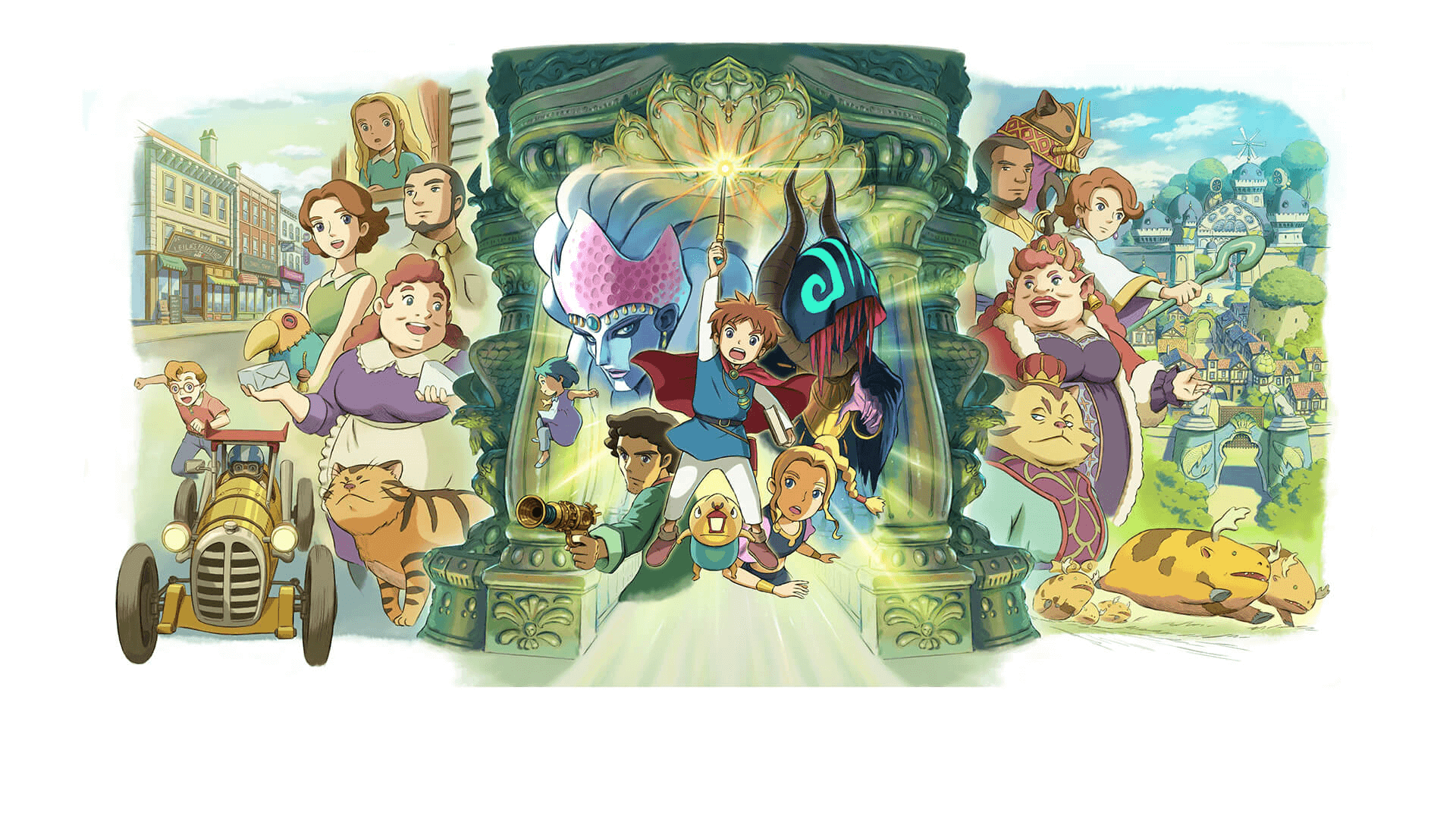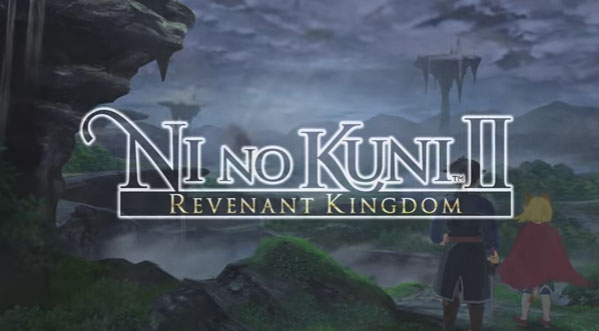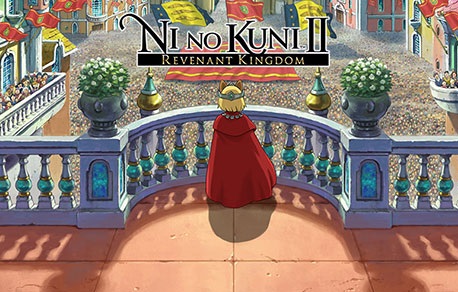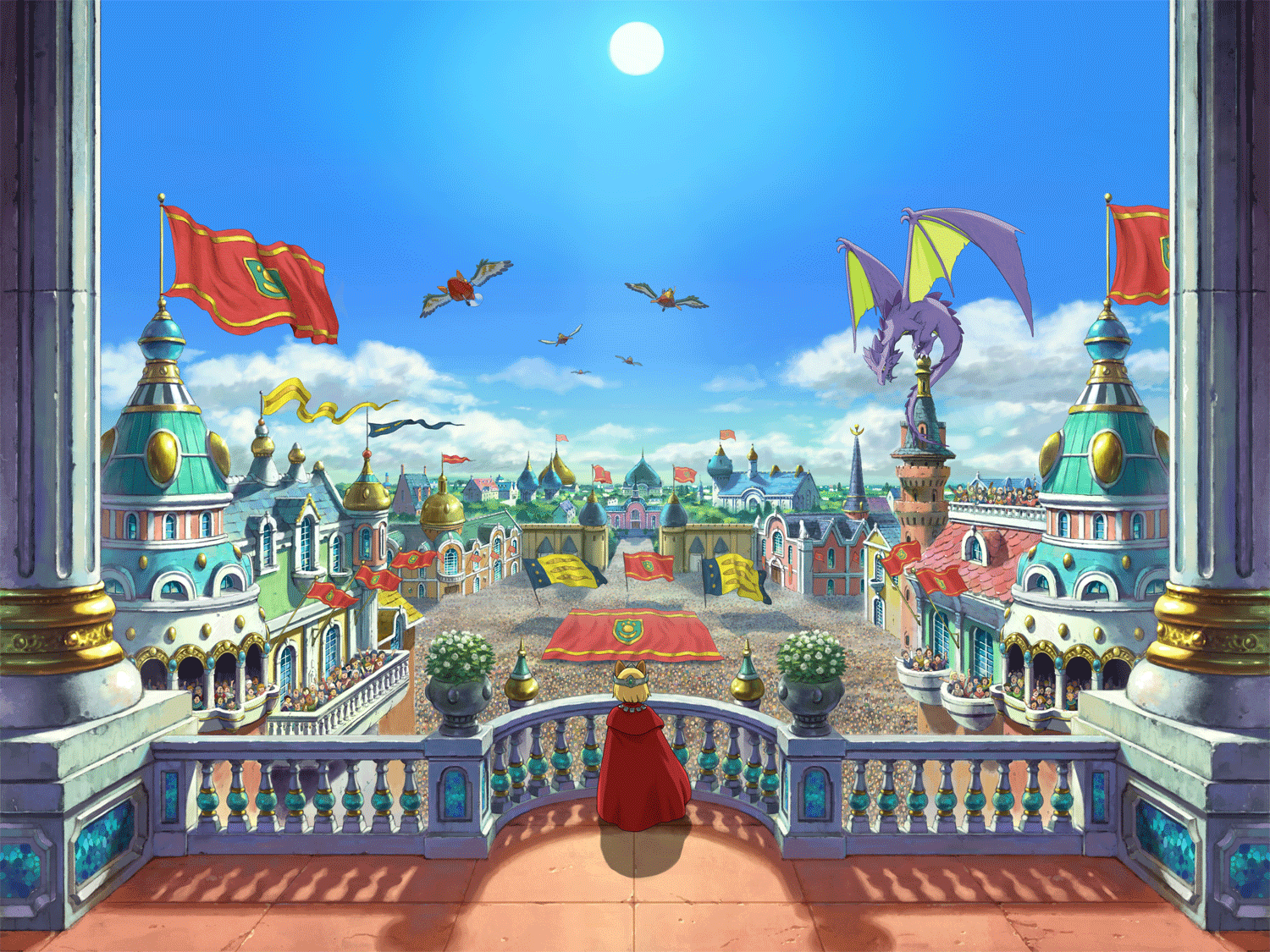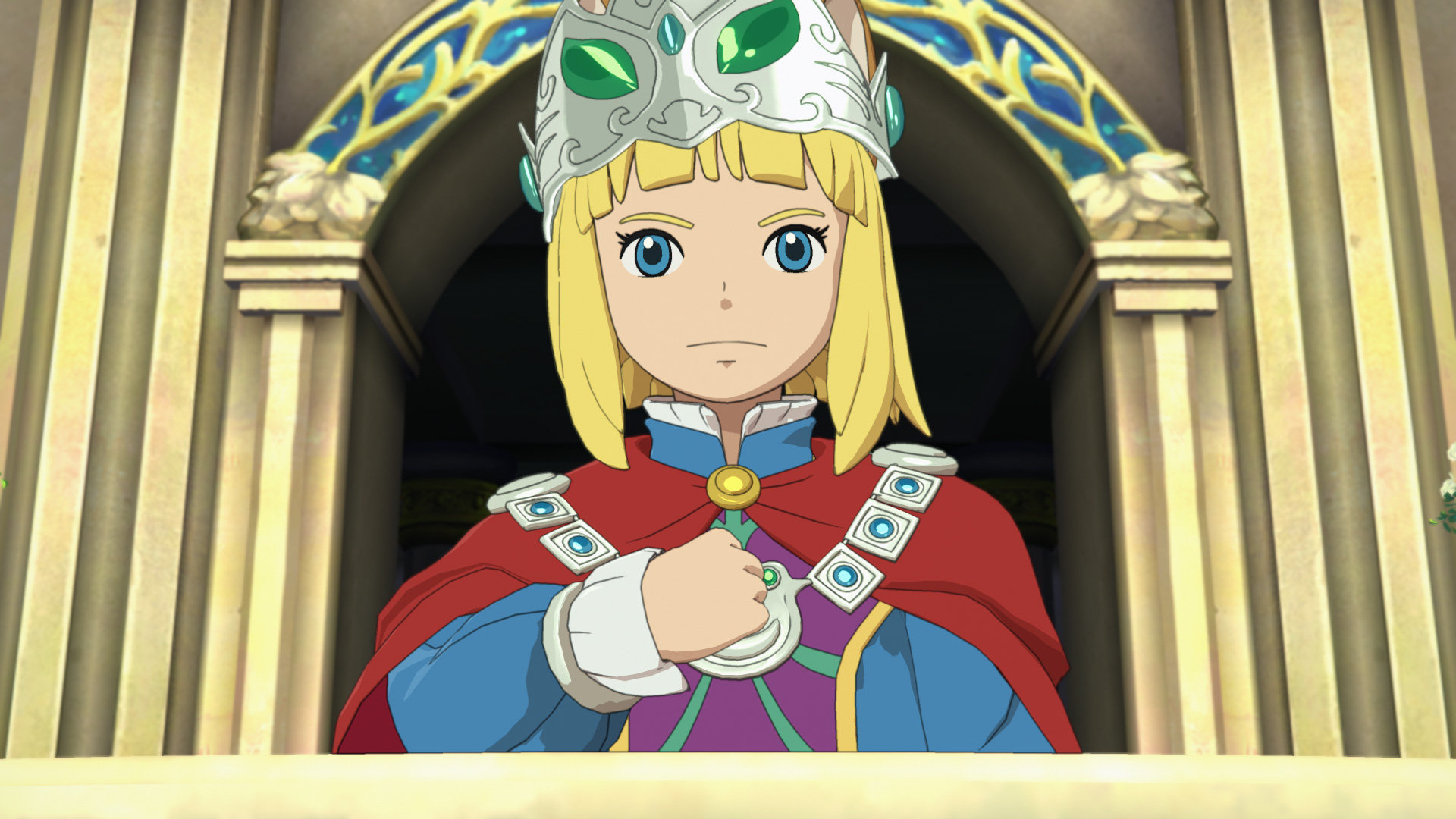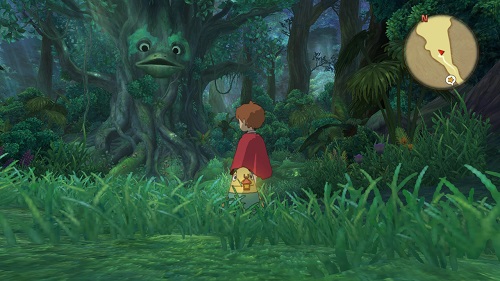
This review was contributed by freelancer Katie Millard.
As an avid fan of all things Ghibli, especially Joe Hisaishi, I was absolutely delighted at the announcement of Ni No Kuni: Wrath of the White Witch for PlayStation 3 in 2010. My boyfriend at the time was also a huge Ghibli fan and so of course we bought it on its release in 2013, racking up an impressive number of hours. It’s a game many fans had hoped would make the generational leap and become available for current consoles, but no announcement seemed forthcoming. The announcement of a remaster for PS4 and PC was news that delighted players, and a portable version for Switch was music to the ears of many who lack the freedom to sit at a TV for the hours required to complete this game. Unfortunately, it was a port, and not the remaster of other platforms (to quote my husband: “…Oh. It’s a… port.”), but the release on a current-gen portable console was still great news.
Ni No Kuni follows Oliver, a human boy living in small-town America in what looks like the fifties. A single poor choice leads to a situation in which he almost dies, and the shock sends his own weak-hearted mother into cardiac arrest. She dies, leaving Oliver alone in the world, and as he cries into a stuffed toy his mother made him, the toy comes to life. It tells him that he is from a world of magic – a world in which Oliver’s mother, Alicia, is still alive. Oliver travels to this parallel world in an epic quest to find and rescue his mother. The quality of the game’s writing is exactly what one would expect from a story tied to Ghibli – great quality, with a feeling that the story continues to flow effortlessly, which is an impressive feat in a game which takes so many hours to complete.
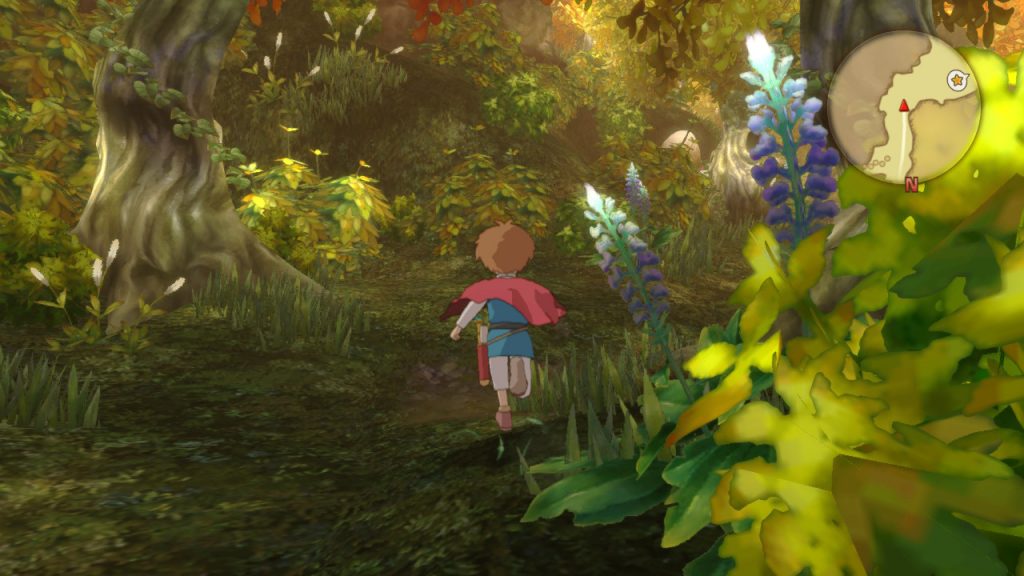
I must say that my favourite stylistic choice of the whole game was to have an aggressively Welsh Lord High Lord of the Faeries. The strong Swansea accent of Steffan Rodri brings to mind images of a large, burly man found in a pub – and you instead find yourself looking at a knee-high, lantern-nosed, bodysuit-wearing faerie. Delightful. Unfortunately, Rodri’s work is juxtaposed by the completely average acting of the rest of the cast. I’m not sure if it is influenced by the flat-faced character models, but many of the characters feel wooden, especially during emotional scenes.
I’ve always found that Ghibli’s distinctive style of animation ages incredibly well. In fact, one of the things that I immediately noticed was the fact that I wasn’t noticing how old the animations looked. The notable exception to this was the face of Old Father Oak, whose facial animation could have been pulled from the nineties. While the overall animation style is distinctive, timeless and complex, the game’s characters are instead largely flat in terms of textures and shadows, which causes issues during emotional scenes as the lack of shading prevents complex emotions and leaves them looking wooden.
The game features an isometric overworld during travel between towns, while in cities and dungeons the animation and use of a third person view exhibit the detailed beauty that Studio Ghibli is known for. While travelling through the beautifully painted overworld of Ni No Kuni, the zoomed-out perspective gives the player a feeling of space, while ensuring journeys do not take too long. Similarly, the sweeping orchestral music gives the game a feeling of epic journey in wide spaces, while each town’s unique musical background gives it a feeling of individuality and adds to its character.
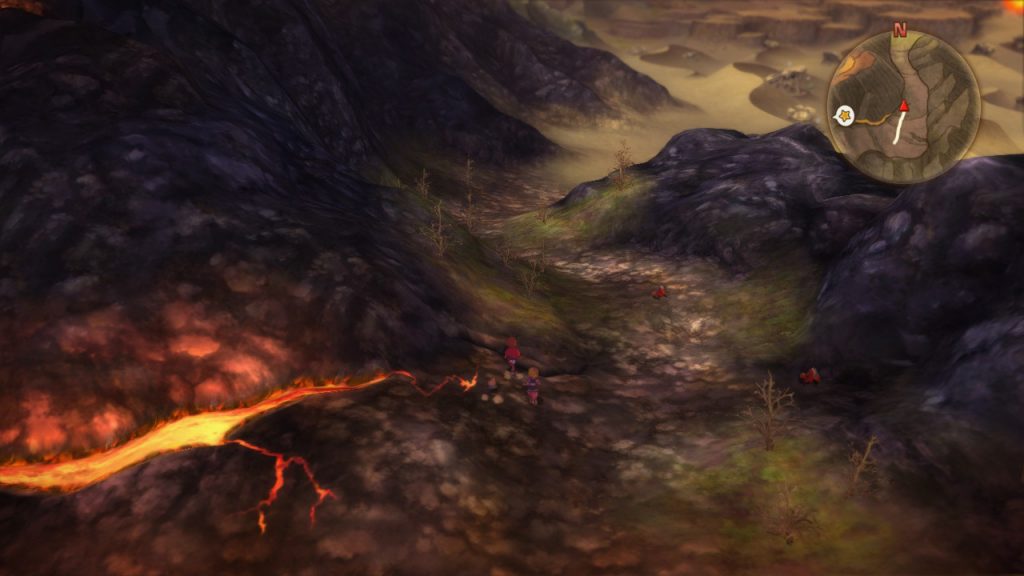
In the overworld and dungeon areas, battle begins when an enemy makes contact with the player. If the player and the enemy meet face-to-face, the battle begins on an even footing. However, when one ‘sneaks up on’ the other, they have the advantage, allowing them to make an attack before the other is allowed to react. Because these are mostly lower-level enemies, it rarely makes a ‘game over’ level of difference to the player. Since the HP and MP carry over from battle to battle until you heal yourself, however, allowing yourself to be ambushed repeatedly can lead to a dangerously low level of health should you encounter an abnormally strong beastie. In that vein, another particularly frustrating mechanic of this game is the AI system. To put it frankly, the Artificial Intelligence is not particularly intelligent: the familiars don’t always attack the enemy you select and your companions can very easily waste all their MP, leaving them with nothing by the time your reach an important battle.
The final thing I found frustrating was the combat system. I’ve spoken in other reviews about how tricky I used to find the use of two analog sticks, and similarly, complex control systems. Unfortunately, Ni No Kuni’s battle system is nothing but complex and clunky in execution. I found that I had to use one analog stick to move, another to change the camera, left bumper and the D-pad to change characters, and D-pad alone to change from attack, to defence, to inventory, to spells, all in real time. This prevented me from making the smooth transition from one option to the next that was sometimes required when a boss was charging their super attack; having to think about what option I needed to select, the button I needed to press and in what direction in the space of a second or two rather than the more intuitive systems of other games. This becomes especially apparent while playing in handheld mode, trying to balance the Switch while contorting your hands into claws to use multiple sections of the controls at the same time. Fortunately, one of the game mechanics I really did like was the ‘save and auto-heal here, you’re going into a boss battle’ waystone, so even if I had died, I wouldn’t have lost a significant amount of progress due to the frequent saves.
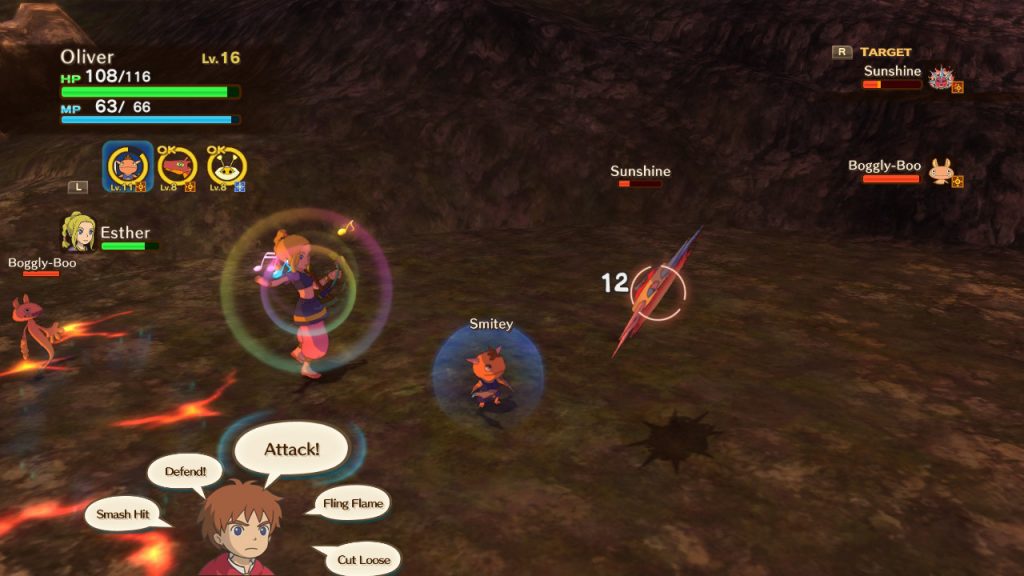
Both in and out of combat, one of the most central parts of Ni No Kuni is the game’s familiars; creatures summoned from your heart that can battle for you. Their capture is similar to Pokémon, but with much less frequency and predictability; you can only capture familiars after defeating them, and even then there seems to be no pattern to your chances of capture. Oliver and his companions can each hold 3 familiars at a time, with preferred types gaining an additional boost in battle, giving you some freedom to adapt your battle party to your personal preferences, while providing suggested types that each character should have. Your familiars level up and learn new abilities as they gain experience from combat, eventually reaching a point where they can metamorphose into newer, more powerful forms. Outside of combat, you’re able to augment your familiars’ stats using equipment and by feeding them to increase their base stats, giving you more freedom in how you prioritise strengths.
In closing, I thought this nifty port was a tidy addition to the Ni No Kuni family, and I’m delighted I played it. If you’re time-poor like me, I can recommend it as a game that transitions beautifully between the large and small screens, and can be played in small bursts without feeling like you’re getting nowhere. I would recommend this game to Ghibli fans, RPG fans, fantasy fans, fans of the Welsh accent, fans of the Switch, fans of games, fans of fans, and also people in general. Buy the game, mun.
- Animation-inspired art style has aged beautifully - Uber-Welsh Lord High Lord of the Faeries - Story is interesting and flows well - Suitable for all ages
- Combat system is clunky, especially in handheld mode - Character models don't do justice to emotional scenes - AI is extremely basic and be frustrating

